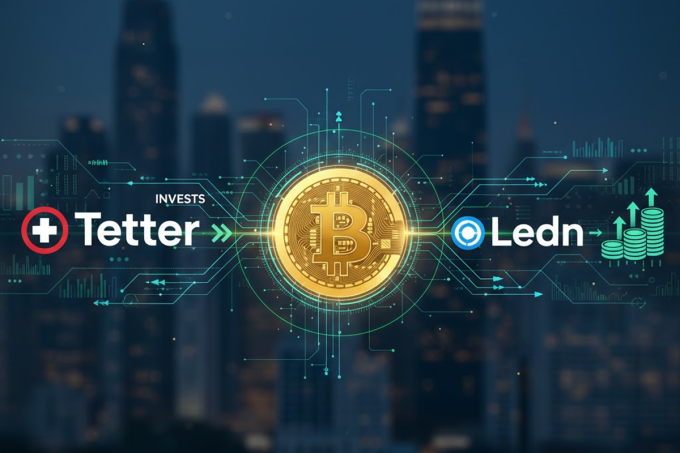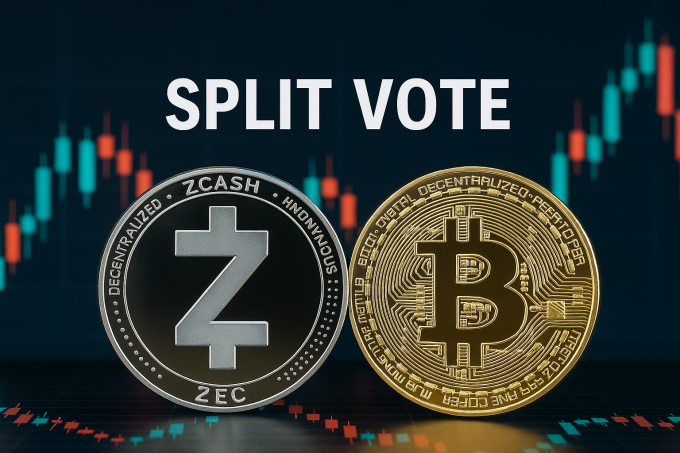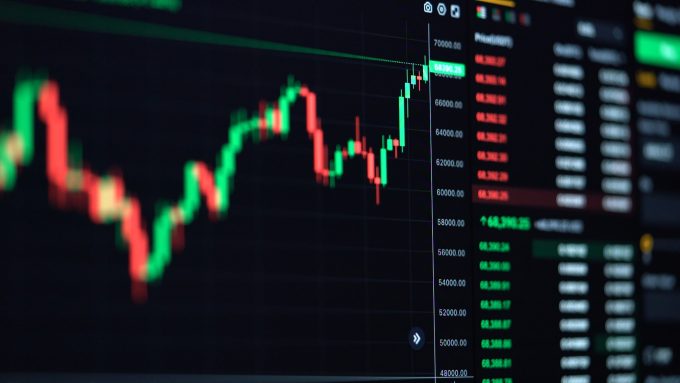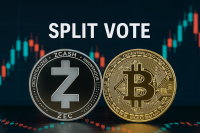Key Points
• BitMine Immersion is carrying more than $4 billion in unrealized losses after a 45% decline in ETH since August.
• Despite posting $328 million in fiscal 2025 profit, the firm faces structural issues including low staking yields and heavy embedded fees.
• Collapsing NAV premiums raise the risk that shareholders become locked into an expensive and inefficient capital structure.
The Ethereum-focused treasury firm’s aggressive accumulation strategy is now severely underwater, exposing structural vulnerabilities as market conditions deteriorate.
ETH Downturn Wipes Out Treasury Gains
BitMine Immersion (BMNR), the largest Ethereum-focused digital asset treasury company, is grappling with a massive paper loss after ether fell to $2,780, extending a months-long correction. With a treasury heavily concentrated in ETH, the firm now holds an estimated $4 billion in unrealized losses, reversing much of the perceived value that supported its earlier market valuation.
For the fiscal year ending Aug. 31, the firm reported $328 million in net income, diluted earnings of $13.39 per share, and issued a symbolic dividend of $0.01. BitMine also announced plans for MAVAN (Made-in America Validator Network), a staking-as-a-service platform scheduled for launch in early 2026.
The financial headlines, however, mask deeper structural cracks.
Structural Pressures Build as Yields, Costs and NAV Collide
Low Staking Yields vs. High Operational Costs
Ether staking currently delivers an annualized yield of around 2.9%, according to the CESR Composite Ether Staking Rate. Once operational expenses, validator overhead, intermediaries and advisory fees are accounted for, the effective yield available to shareholders becomes significantly lower. The return profile sits well below risk-free U.S. money-market yields above 5%, creating a wide gap between risk and reward.
Fee Layers Quietly Reduce Shareholder Value
A multi-layered structure involving advisors, asset managers and leadership compensation contributes to substantial recurring costs. Internal projections show that compensation and advisory agreements could extract roughly $157 million per year for a decade. These commitments reduce the net benefits of staking returns and increase the breakeven threshold for shareholders.
NAV Premium Collapses, Trapping Investors
BMNR’s equity previously traded at a meaningful premium to its net asset value — a dynamic that helped sustain inflows and confidence. With ETH’s downturn, the stock has fallen 84% from its July peak, effectively erasing the NAV premium. Without this cushion, investors face limited liquidity and higher friction when trying to exit positions, resulting in a structurally unfavorable environment often compared to a Hotel California scenario.
DAT Model Faces Market Reality Check
Digital Asset Treasury (DAT) firms expanded rapidly over the past two years, raising equity and debt to accumulate crypto assets during rising markets. The model depends on bullish price trajectories, manageable leverage conditions and sustained investor appetite. The current cycle exposes several vulnerabilities:
• Thin margins due to low staking yields
• High operating costs relative to returns
• Extreme sensitivity to ETH price volatility
• Shrinking liquidity as NAV premiums vanish
• Reduced institutional interest as risk-free returns outperform staking
With ether down sharply and broader crypto liquidity shrinking, many DAT firms are now wrestling with structural imbalances that were less visible during the rally.
A Critical Phase Ahead
BitMine’s long-term viability will depend on whether ether stabilizes and whether new institutional demand emerges for staking infrastructure. MAVAN’s rollout in 2026 may offer a new revenue path, but the near-term environment remains defined by negative momentum, weak yields and elevated operational costs.
The digital treasury sector is entering a decisive phase in which sustainability, capital efficiency and transparency will matter far more than raw crypto exposure. Firms unable to adapt to a lower-yield, higher-volatility environment could face prolonged pressure as the cycle shifts.













Leave a comment